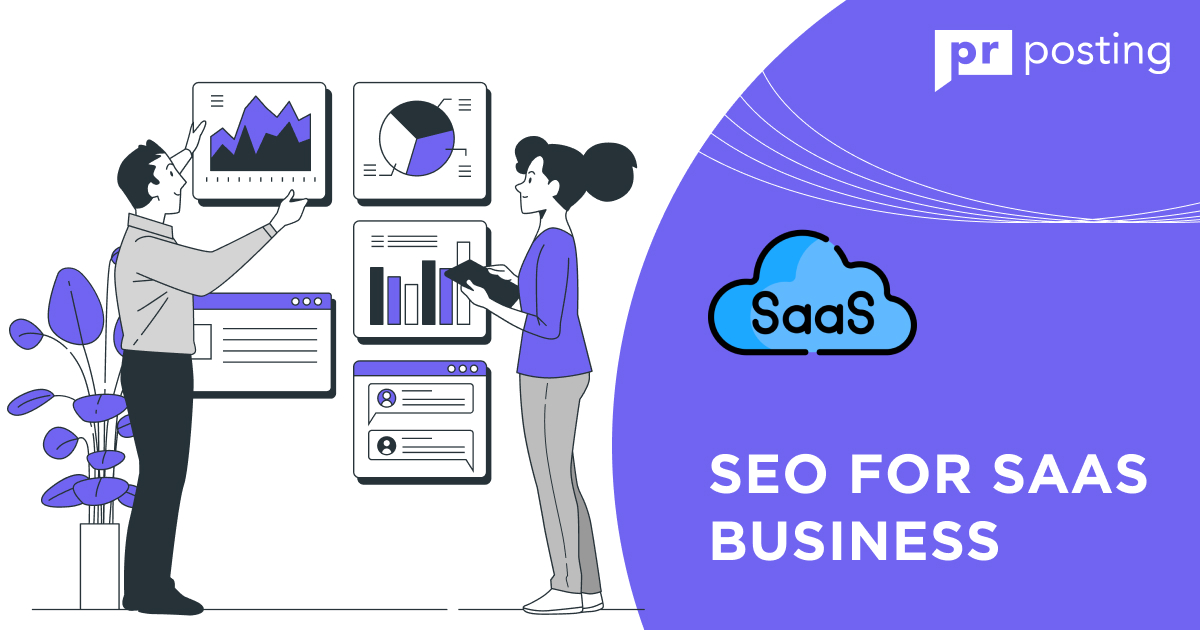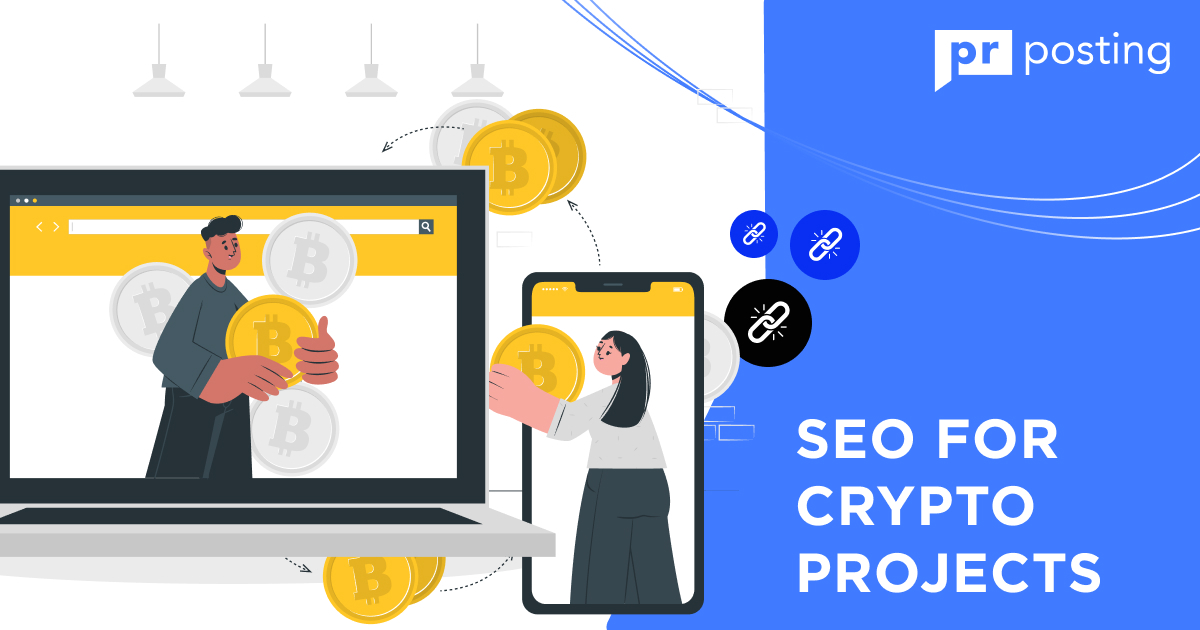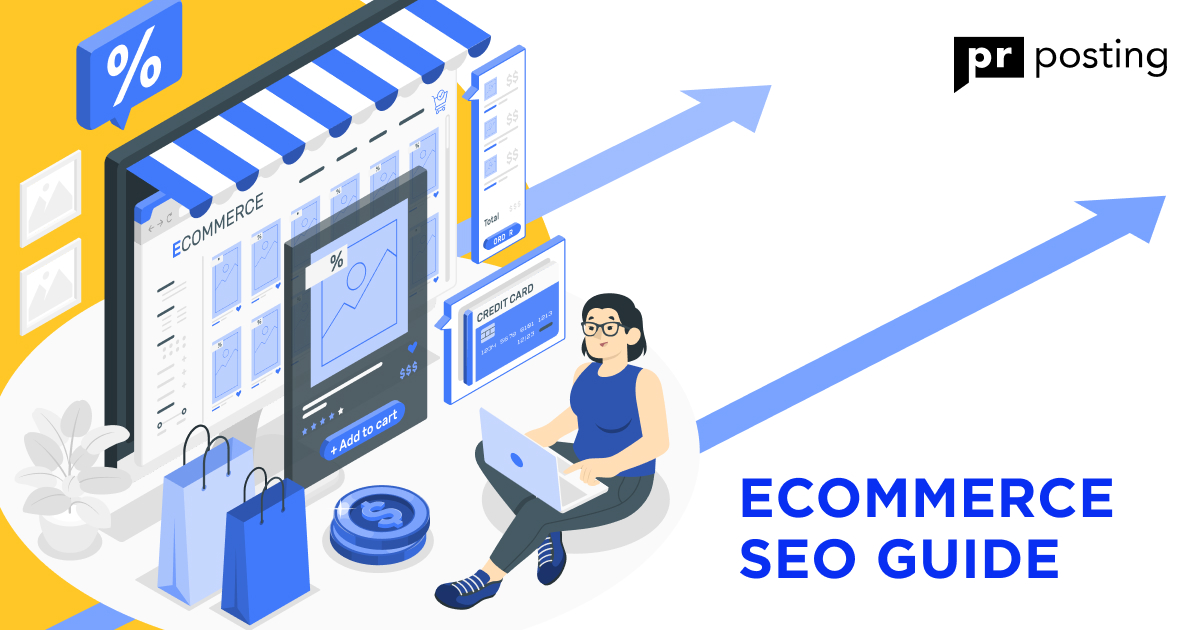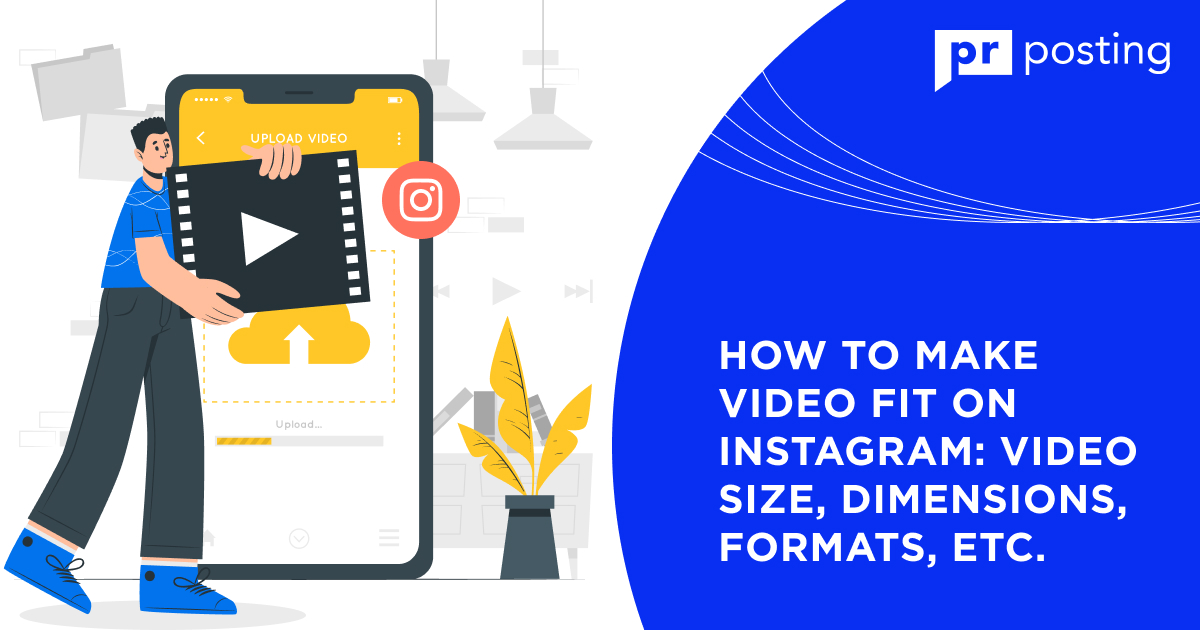SEO for SaaS Business

Software as a Service (SaaS) is a unique business model gaining popularity due to its benefits for clients and the convenience of such solutions. The industry is becoming increasingly competitive, creating certain difficulties for optimizing such resources. However, it also opens new avenues for the development of similar projects. Using the right set of tools and step-by-step implementation of a promotion strategy allows for achieving significant success, attracting loyal customers, increasing traffic, reducing costs on other types of advertising, and positively impacting business profitability.
Importance of SEO for SaaS
A reliable SEO strategy for SaaS helps reach the top of search results, and these are long-term results. The effect of promotion persists even when you take breaks, do not engage in promotion, and do not set up new marketing campaigns. Long-term comprehensive results are complemented by other benefits:
- SEO for SaaS projects works well alongside other promotion channels.
- Brand recognition increases.
- The cost per acquisition (CPA) decreases when launching paid contextual advertising (PPC).
- Your website consistently receives an uninterrupted flow of traffic from an interested audience.
While you cannot see the results of SEO efforts instantly, they will become the foundation of your success in just a few months and have a cumulative effect. So, you can perceive SEO as a long-term investment with high returns.
Understanding Target Personas and Problems
SaaS SEO begins with understanding the needs of your target audience. In other words, before forming a promotion strategy, you need to understand who your customers are and their requests and expectations. This will be the key to building strong connections with the target audience, the foundation for their loyalty, and the basis for your long-term success.
Keyword Strategy Across the Funnel
Once you have identified your target audience, you can move on to the next equally important stage — keyword research, which includes all the keywords you will focus on when creating content, optimizing pages, and even developing site structure, as well as during external promotion.
- When researching relevant keywords, a preliminary analysis of the target audience’s needs is required. In the upper part of the SaaS sequence, it is crucial to select search requests your target audience uses to find an optimal solution to their problem. Typically, these are contextually related phrases like “set up email service” or something similar. Your product can be a solution to someone’s issue, so it makes sense to promote it using these key phrases.
- When a potential customer is already aware of certain solutions and is choosing the best product, you will need keywords that correspond to this stage.
- Finally, when a person is at the bottom of the funnel, they use phrases that signal an intention to order or make a purchase. This is another section of requests you can work with.
When researching keywords for your campaign, it’s also worth paying attention to the results of analyzing your competitors. There, you can find many hints that will help you improve and strengthen your content strategy, refine the site structure, or even your product. You don’t need to do everything exactly like your “neighbors,” but you can find important clues and understand what directly contributed to the success of your competitors.
All the keywords you have obtained and clustered according to the location of the audience in the sales funnel should also be screened to remove all irrelevant requests that have no relevance to your product. This way, you simplify further work on the project and avoid wasting effort and money in vain.
Developing a 9-Step SaaS SEO Strategy
A clear promotion strategy is a step-by-step plan that guides you like a navigator. It also helps in conducting a preliminary analysis of effectiveness, adjusting specific moves at each stage of optimization, and staying focused on primary goals.
For the SaaS industry, SEO strategy consists of the following key points:
- Establishing long-term and short-term goals, as well as defining optimal KPIs, i.e., desired performance indicators.
- Creating a portrait of the target audience. This allows you to understand where to find your clients, what interests them, where they live, their age, what they search for online, and more.
- Competitor analysis, as mentioned above. Knowing your competitors’ strengths can be a ladder to success. However, you also need to identify the difficulties and problems hindering your competitors’ growth, which can become your unique selling proposition. For instance, if your competitor doesn’t offer a trial period or quality technical support, you can provide these features to consumers and stand out in the market.
- Identifying issues and challenges faced by potential consumers. Dive into your audience’s world and find their daily pains and difficulties. Be the pain reliever, so that your consumer can say, “I can’t imagine how I lived without this before.”
- Keyword research. Put effort into collecting and clustering keywords, paying attention to the chosen phrases’ frequency, popularity, and potential.
- Developing a project-specific, optimized strategy.
- Content marketing. Content is king, and you can achieve anything by focusing on it.
- Technical and on-page SEO.
- Building backlinks.
The last points are worth discussing in more detail, as they form the backbone of any SEO strategy.
Content Creation and Optimization
Content marketing for SaaS companies has certain differences from content strategies that work for other types of businesses. In this field, building long-term relationships with customers, fostering loyalty, and providing quality support are crucial. Therefore, promoting with content should focus not only on the product you’ve created but also on your services.
Utilize the knowledge of your customers and their pain points to provide your visitors with exactly what they are looking for and what can address their problems. Based on this knowledge, develop ideas and formats that align best with your business. Conduct A/B testing to determine the best content formats and distribution methods. Some audiences respond better to guides, while others prefer video explanations or infographics.
The key is to ensure that the creation of new content is not chaotic and impulsive. Each step should be guided by specific business needs that you address with articles, reviews, photo reports, educational materials, instructions, etc.
When creating new content, don’t forget to analyze the top search results to familiarize yourself with materials that are well-indexed and popular among readers. For example, you can select the top 10 results on similar topics, identify the strengths of these materials, enhance them, add your key phrases, and deepen the found materials with unique insights that you possess. This allows you to create high-quality and powerful content that becomes the engine for your SEO strategy.
Technical and On-Page SEO
The technical optimization of a website can be divided into two components:
- On-page SEO
- Off-page SEO
On-page SEO involves working on the page structure, optimizing titles and descriptions, and incorporating keywords into the content on various pages. This also means linking the site’s pages internally, configuring search and filters, and creating a site map. You also need to compress and optimize images so that the pages load faster on user devices. For each image you use, create alt descriptions that allow search engines to index textual content and your media files.
On the other hand, technical or off-page SEO is a set of measures carried out beyond the site’s boundaries, aiming to popularize the brand, increase awareness, and build backlinks, among other goals. Additionally, technical tasks include processes such as:
- Creating a high-quality mobile version of the site. Since most people use tablets and smartphones more frequently than PCs, offering them a convenient site is essential.
- Cross-platform compatibility is crucial, so ensure the site displays well on any browser and device.
- Take care of the page loading speed on the user’s side. For this, you need a quality hosting service and the use of modern protocols, among other considerations.
- User data confidentiality and security must be reliably protected, so you will need to ensure that the site has SSL and HTTPS, as search engines may perceive a resource without these security measures as untrustworthy and might even block its content.
Link-Building Strategies for SaaS
Website ranking grows due to various factors, and link building is one of the key criteria. When other resources link to you, they indicate trust in that source. This signals to search engines that it’s a quality site worth attention, attracting more users.
The process of getting backlinks is a long-term game. You’ll need to engage in it gradually but consistently. What exactly do you need to do?
- Search for quality platforms: Identify platforms where you can publish guest posts with links to your resource.
- Social media and influencers: Collaborate with social media and influencers for mentions on platforms like Instagram, TikTok, Facebook, Twitter, review platforms, etc. This way, you can not only get backlinks but also build social capital and recognition.
- Email marketing: Utilize email marketing to distribute links to your products or content.
Quality links to your site will help it grow rapidly, and backlinks work continuously as long as they exist. However, this leads to another challenge: you need to monitor your backlink profile and try to gain more and remove those that don’t work. Every broken link not only fails to provide actual benefit but can also bring harm. Therefore, improve your profile and promote content where links to your resource are embedded.
If you notice that a certain link is not working, contact the owner of the platform where the guest post or promotional content is placed. Ask them to update or remove the link. It takes a little time but is necessary to ensure your profile isn’t cluttered. Having three quality links to your pages is better than 10 non-functioning ones.
One of the tools for building excellent backlinks in the SaaS industry is PR. This can include courses, info products, interviews and podcasts, webinars, press releases, and digests. These are excellent ways to showcase yourself and your product, as well as to receive backlinks and mentions that bring invaluable benefits to your business.
Conclusion
Regardless of the stage of promotion you find yourself at, always track conversions and review your strategy, improving it wherever you can. Stay as flexible and adaptive as possible. With such an approach, SEO for your SaaS product will yield the best results!
More Like This

SEO for Crypto Projects






